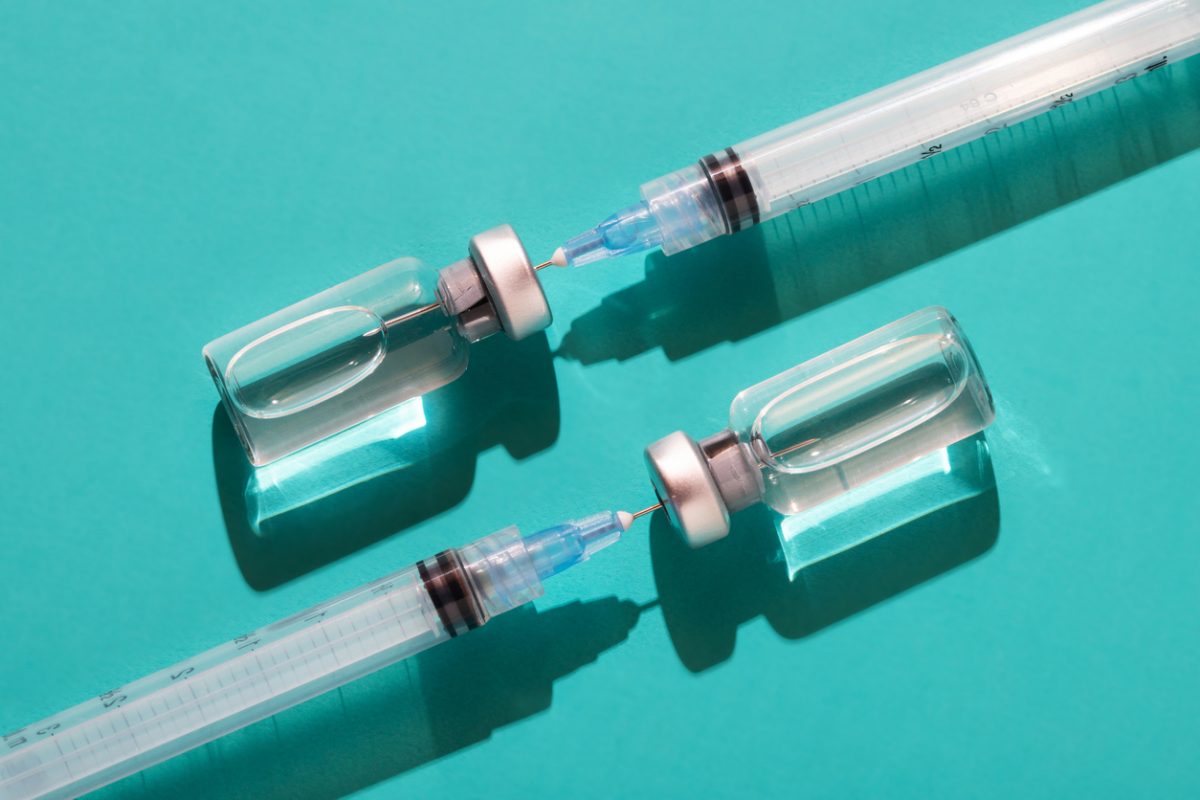Objective: Tardive dyskinesia (TD) and tardive dystonia (TDt) syndromes represent severe side effects of first-generation antipsychotics (FGAs). Although second-generation antipsychotics (SGAs) confer a lower risk for tardive syndromes, many patients continue to use FGAs alone or in combination with SGAs. Some patients remain free of TD or TDt even after many years of antipsychotic treatment with predominantly FGAs. Do these patients remain at risk for TD or TDt and, consequently, should a switch to SGAs be considered? A longitudinal cohort study in patients on long-term antipsychotic treatment may answer this question.
Method: A 9-year cohort study (1992-2001) was conducted of the whole, mostly chronic, psychiatric inpatient population on the Caribbean island of Curaçao (N = 194). Almost all patients (95%) were of African Carribean origin. TD and TDt were assessed (1 baseline, 6 follow-ups) with the Abnormal Involuntary Movement Scale and the Fahn-Marsden rating scale, respectively. New cases of TD or TDt were diagnosed if they fulfilled the criteria at 2 successive follow-up visits.
Results: In patients with a mean antipsychotic use of approximately 18 years, the yearly incidence rates of TD and TDt were 10.2% (95% CI = 7.7 to 13.5) and 0.7% (95% CI = 0.4 to 1.5), respectively. The severity of TD was strongly associated with the severity of TDt (beta = 0.08, 95% CI = 0.03 to 0.14) and vice versa (beta = 0.10, 95% CI = 0.03 to 0.16). TD severity was positively associated with age and akathisia but negatively associated with parkinsonism.
Conclusions: Patients who are free of TD after many years of antipsychotic treatment still have a considerable risk for TD. Switching to an SGA may be warranted. The risk for incident TDt in this group was very low.’ ‹
Please sign in or purchase this PDF for $40.00.




